Mountain Pygmy-possum re-emerges in NSW and Victorian alpine regions
Hidden cameras and microchips are revealing the secrets of one of Australia’s critically endangered marsupials.
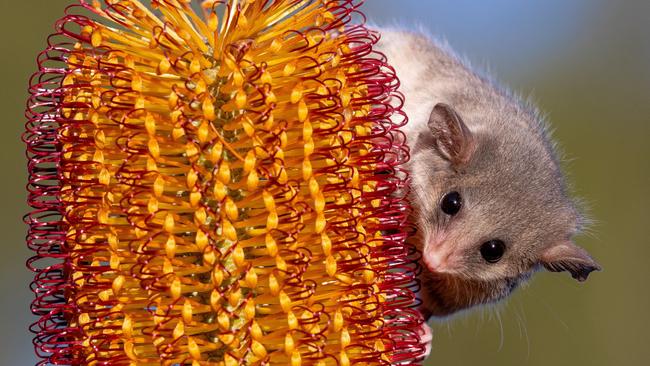
National
Don't miss out on the headlines from National. Followed categories will be added to My News.
One of Australia’s most secretive marsupials, believed extinct until the late 1960s, is making a comeback thanks to unique purpose-built love tunnels and a series of microchips.
Microchip readers have shown the Mountain Pygmy-possum, the country’s only hibernating marsupial, have happily taken to using the tunnels when they awake from their long winter slumber and head out to mate.
Fitted cameras have also taken pictures of the tiny possums known for their tightly curled tail and chubby good looks, revealing their secret habits as they navigate their way through the tunnels underneath Victoria’s Great Alpine Road.
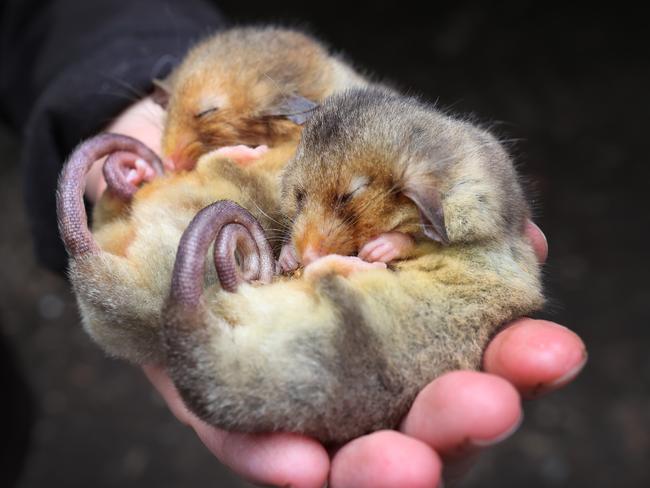
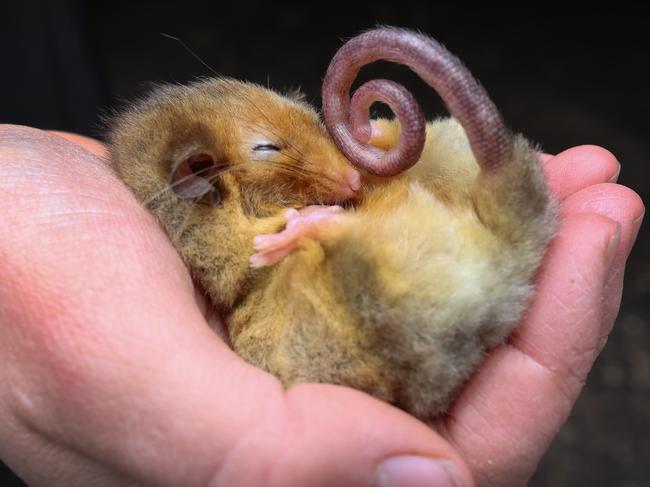
Federal Environment Minister Sussan Ley said the possums have taken a liking to the tunnel network and it is allowing them to move safely up and down their habitat, particularly during the breeding season.
“Microchip readers at each end of the Little Higginbotham tunnel have recorded at least 30 possums moving through the tunnels in the warmer months,” Ms Ley said.
“We are also supporting monitoring and research to reveal the secrets of these tiny marsupials so we can better understand the challenges they face and protect them into the future.”
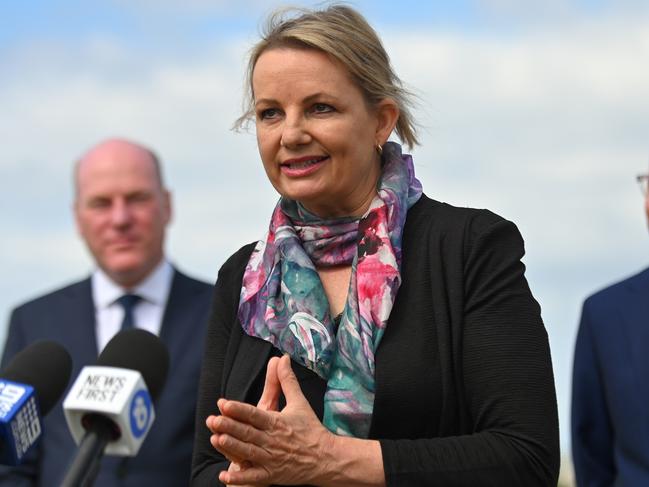
Mountain Pygmy-possums are found in alpine areas such as Mt Kosciuszko in New South Wales and Mt Hotham, Mt Buller, and the Falls Creek Resorts in Victoria.
They are only active in spring and summer and sleep for up to seven months a year under the snow.
The Federal Government has put $1.62 million into a five-year National Landcare Program to fund the camera monitoring, genetic analyses, and habitat improvements through revegetation, boulder placement and water quality management.
The tunnels have been built by the Victorian Government.
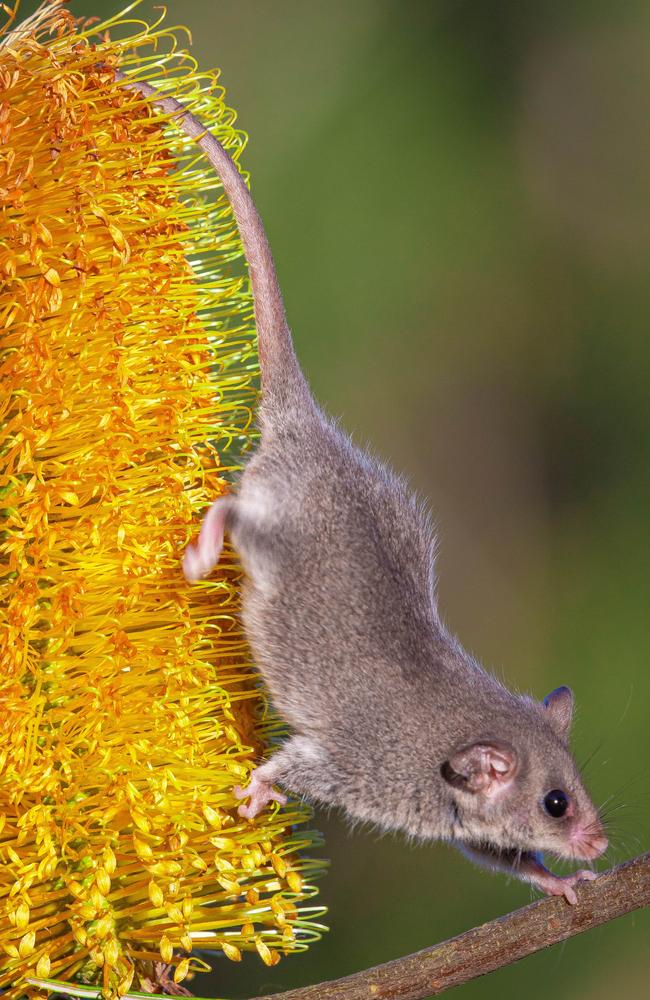
The critically endangered possums have not only faced threats from predators such as foxes and feral cats, but have also lost their habitats in recent bushfires.
The Pygmy-possum was one of the 790 priority species identified by the Bushfire Expert Panel as requiring urgent help after the Black Summer bushfires.
The $200 million Bushfire Recovery for Wildlife and their Habitats program is funding ground actions to benefit the pygmy possums including emergency provision of supplementary food and water, feral animal and weed control, and habitat protection.
There is also a $350,000 project to construct a new alpine-mimicking facility at the Healesville Sanctuary, a zoo for native Australian animals.
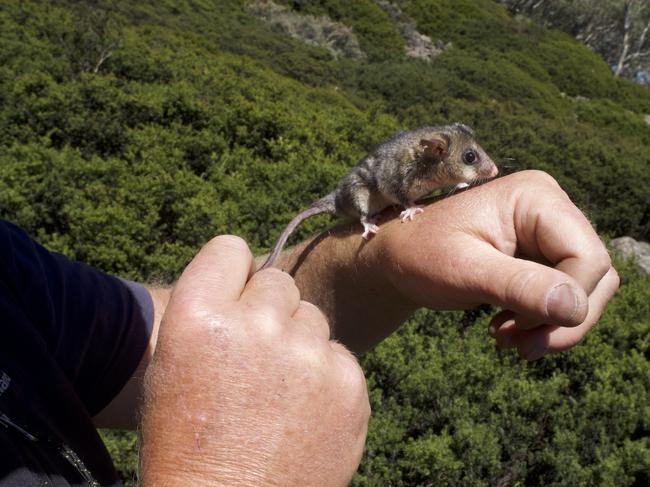
Building for the facility is underway and will be an important expansion to Zoos Victoria’s current captive breeding and research program and will enhance preparedness for future catastrophic events.
The National Environmental Science Program funds research on Pygmy-possums and is monitoring their main food source (bogong moths) and testing the benefits of a genetic rescue strategy in fragmented populations.
Projects to protect the Pygmy-possums are a partnership between the North East Catchment Management Authority, Parks Victoria, Mount Hotham Alpine Resort Management Board, Falls Creek Resort Management Board, traditional land owners, the Victorian Department of Environment, Land, Water and Planning, and the Australian Heritage Grants Program.




